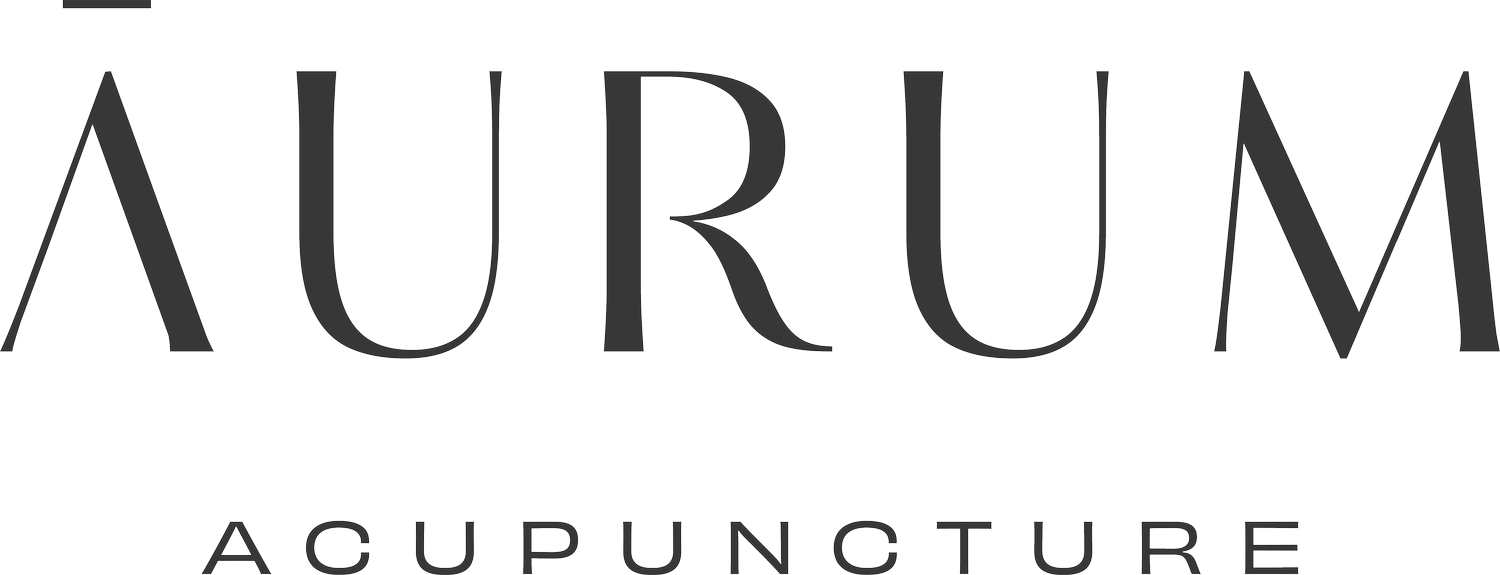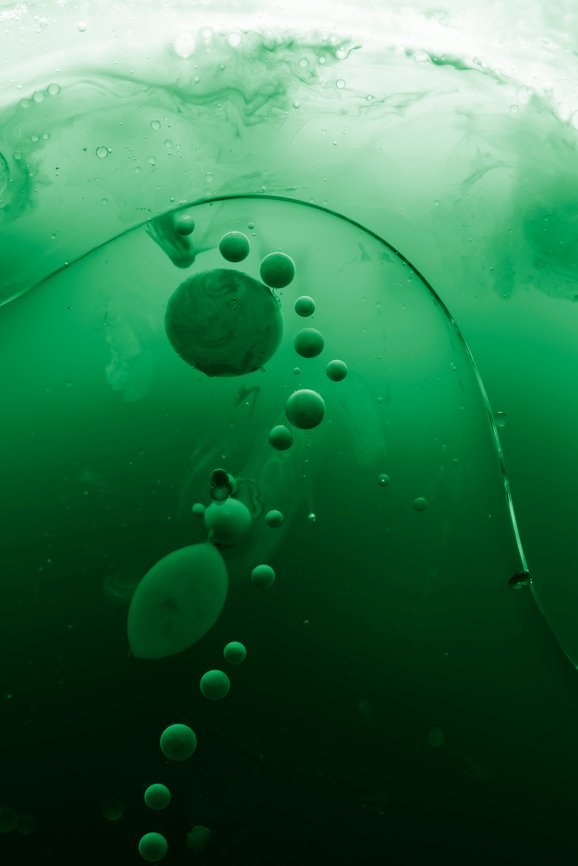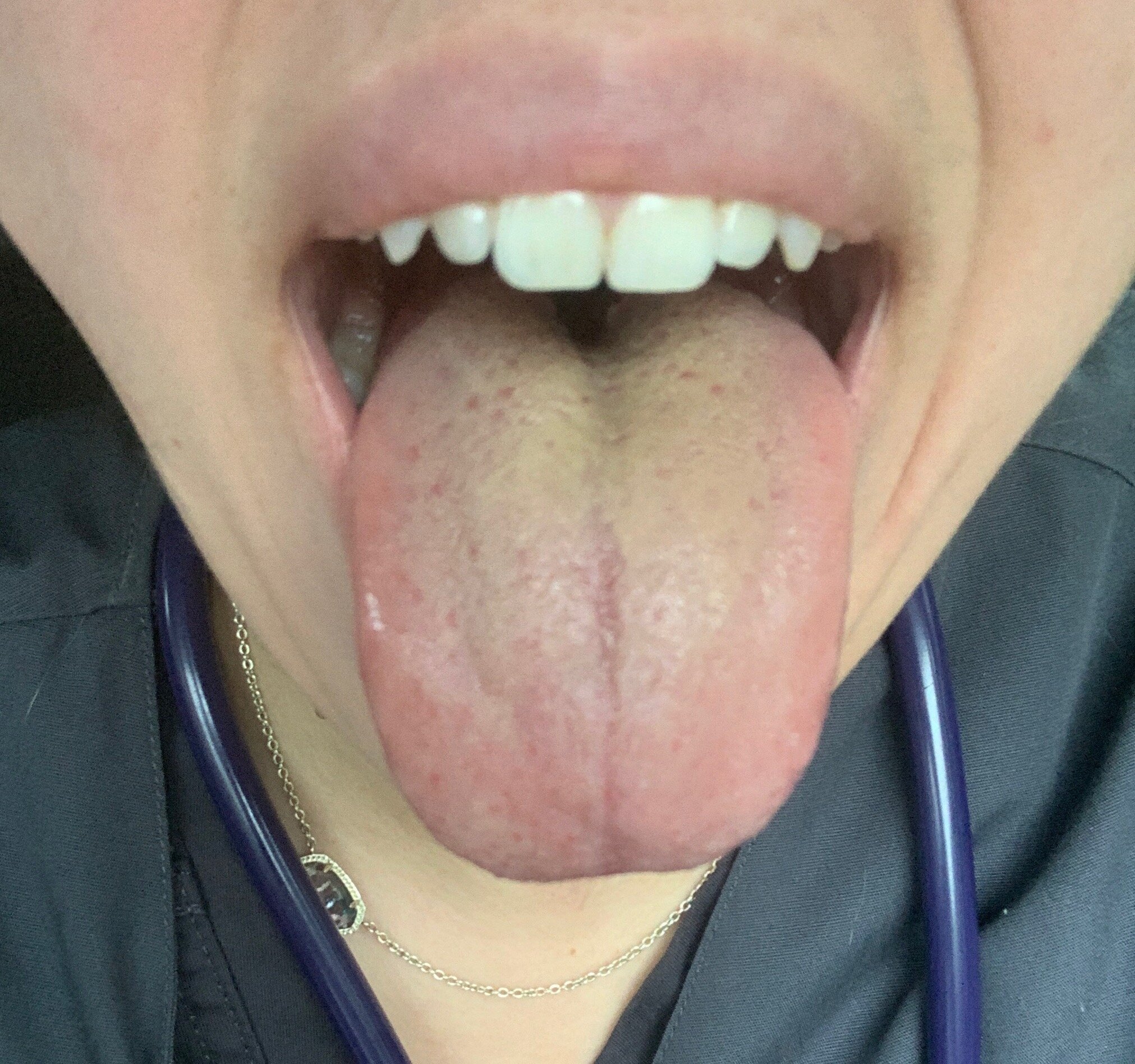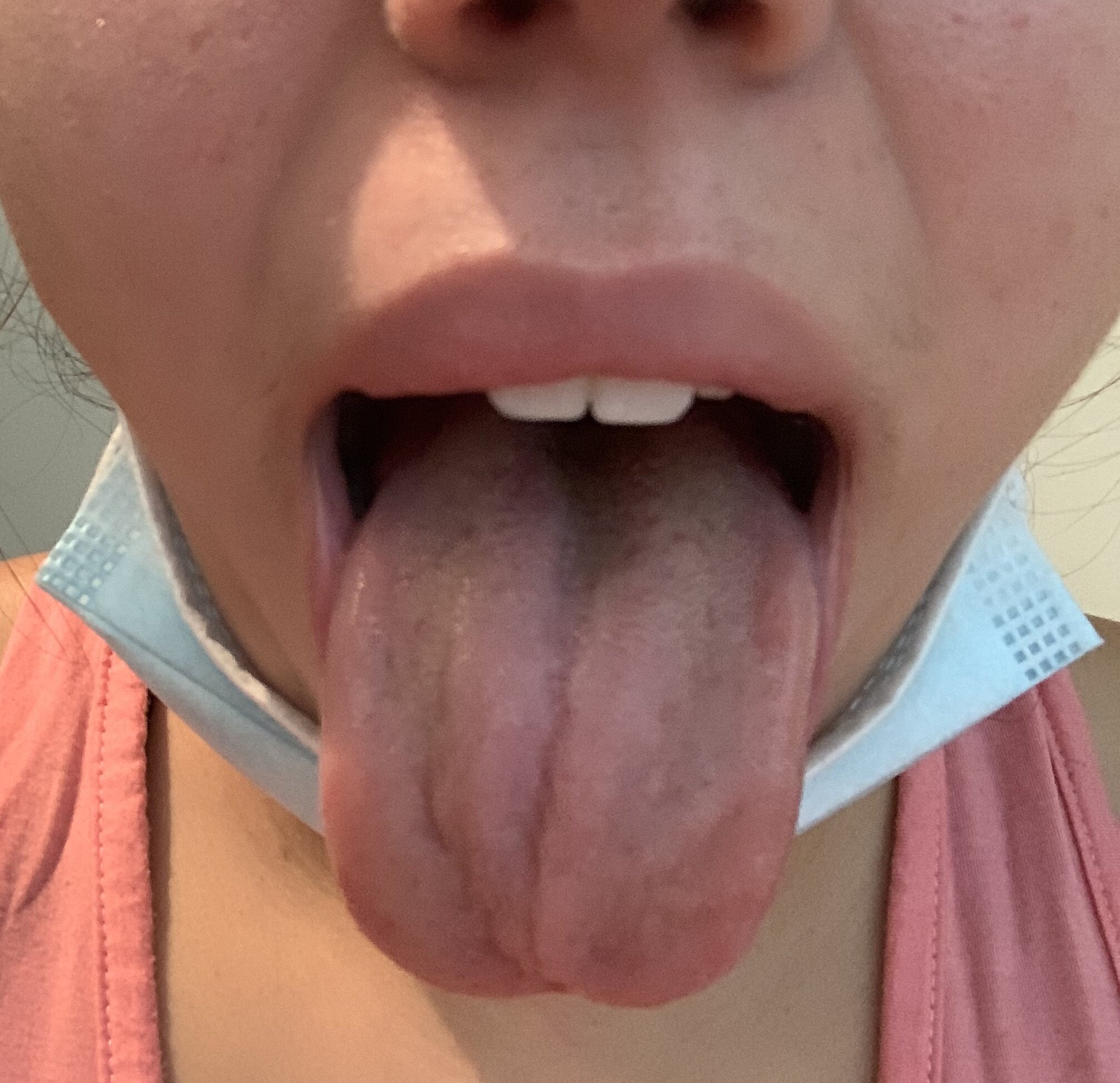As daylight fades on 2021 and we move towards 2022, post-holiday hibernation is beginning. The temperatures are finally getting cooler and my thoughts turn inward just as the season predicts. I look around and see the leaves have fallen from the trees and I’m reminded of a particularly potent pigment in mother nature: chlorophyll.
“Chlorophyll is a photosynthetic pigment present in green plants that absorbs light energy and uses it to produce carbohydrates from carbon dioxide and water. Chlorophyll is crucial to the process of photosynthesis, which is responsible for sustaining the life process of green plants.” What I find so fascinating about chlorophyll is its similarity to another vital fluid: blood.
As famous botanist Donald Peattie found in Tree: A Life Story, "Using spectrum analysis, [I] learned that the constituents of a chlorophyll molecule were eerily familiar. 'To me, a botanist's apprentice, a future naturalist,' he writes, 'there was just one fact to quicken the pulse. That fact is the close similarity between chlorophyll and hemoglobin, the essence of our blood.' This is no fanciful comparison, but a literal, scientific analogy: 'The one significant difference in the two structural formulas is this: that the hub of every hemoglobin molecule is one atom of iron, while in chlorophyll it is one atom of magnesium.' Just as chlorophyll is green because magnesium absorbs all but the green light spectrum, blood is red because iron absorbs all but the red. Chlorophyll is green blood."
What is the importance of this finding? Firstly, it leads us to the conclusion that plants are not as different from us as we may like to believe. Secondly, with such striking biological similarity, it is clear that we may use chlorophyll to nourish our own blood, because in Chinese Medicine (CM) we use “like to treat like”.
I talk a lot about blood quality in session and the key difference between how CM views blood and how Western Medicine views it is, CM is more interested in the quality of blood rather than the quantity. If the quality is good, you will have enough quantity. Blood is categorized as connective tissue, therefore fresh, healthy, high quality blood is one of the vital fluids that keeps our bodies running and functioning optimally.
That being said, I frequently recommend chlorella whenever a patient presents with any blood quality issues. Blood quality issues run the gamut and can be anything from pain to insomnia and everything in between. “Chlorella is a single-celled green algae found in bodies of freshwater and contains high concentrations of nutrients such as vitamin C, carotenoids, vitamin B complex and iron. The algae also contains a high amount of protein and can produce healthy oils high in polyunsaturated fats.”
Why chlorella over chlorophyll? Though they are related, there are some key differences between chlorella and chlorophyll. Chlorella is a type of algae and chlorophyll is the substance plants use, along with sunlight, to make their own food. While straight chlorophyll is an excellent supplement, taking chlorella has added benefits such as:
Delivers a high amount of nutrients to the body: Chlorella is packed with good-for-you stuff like vitamins B12 and C, iron, fiber, protein, antioxidants, and fatty acids.
Helps the body process heavy metals and detox: One of chlorella's best-known benefits is that it's a great ingredient for helping rid your body of all the toxins that come from processed foods, the environment, and life in general which can disrupt our hormonal balance. It binds to heavy metals to assist with detox.
Provides protective benefits to the body: While studies are mixed, this edible algae may also help strengthen the immune system, as well as possibly lower cholesterol, blood pressure, and manage blood sugars.
Promotes weight loss:A 2008 study published in the Journal of Medicinal Food discovered that regular chlorella intake over a 16-week period resulted in a lower body fat percentage for the participants, along with lower cholesterol and blood glucose levels.
While supplements are not a cure-all, they are certainly part of the process of healing. Feel free to reach out directly with any questions and I look forward to seeing you in the clinic!
https://www.livestrong.com/article/470008-chlorella-vs-chlorophyll/
https://healthyeating.sfgate.com/chlorella-vs-chlorophyll-10702.html






